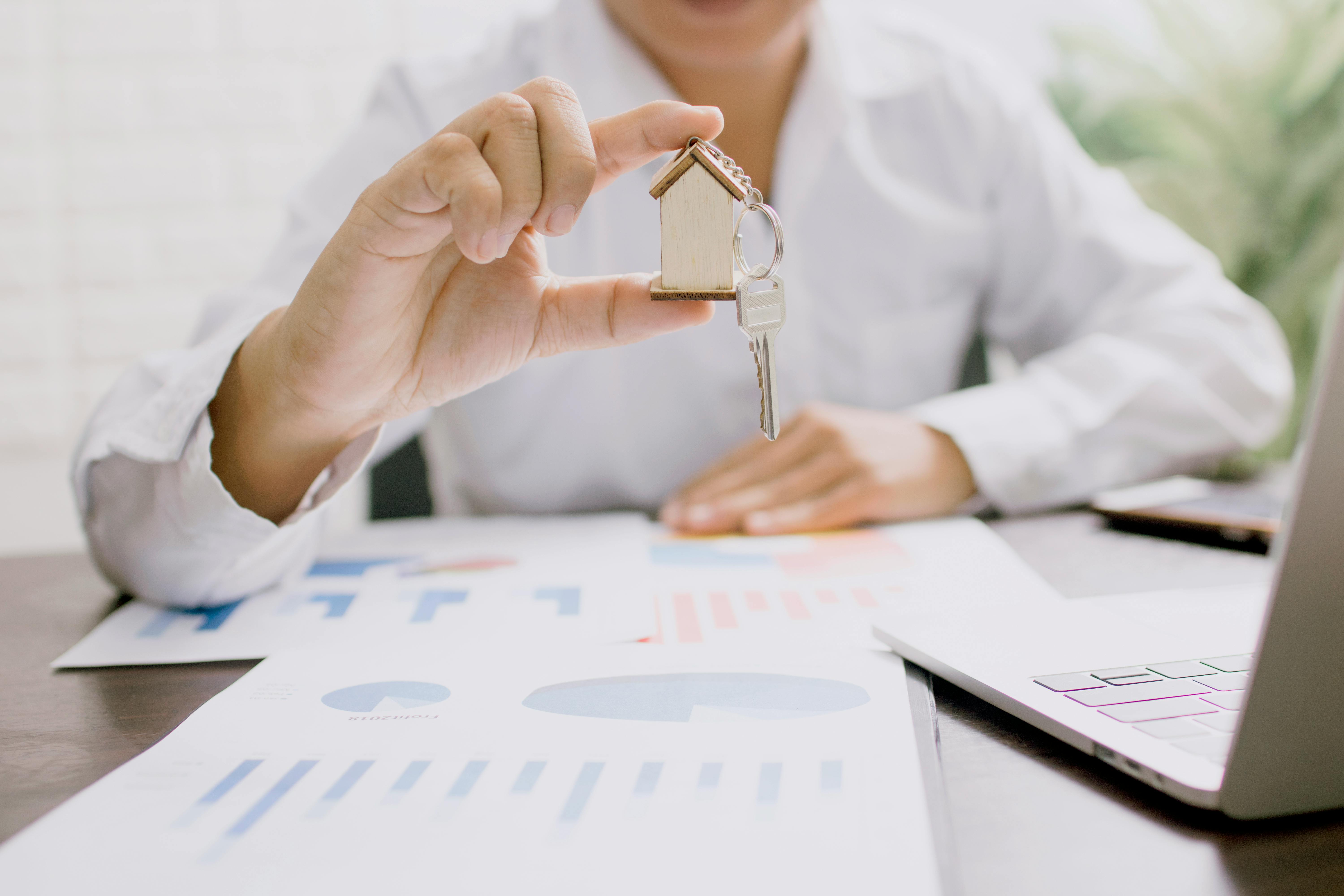What Is a 1031 Exchange and How to Use It to Grow Your Real Estate Portfolio
Real estate investing is one of the most effective ways to build long-term wealth, and savvy investors are always looking for strategies to maximize profits and minimize taxes. One of the most powerful tools available is the 1031 exchange, which allows investors to defer capital gains taxes when selling an investment property and reinvesting in another.
If you want to scale your real estate portfolio without losing a big chunk of your profits to taxes, understanding how a 1031 exchange works is crucial. In this guide, we’ll break down what a 1031 exchange is, how t works, and how you can use it to grow your real estate investments strategically.
What Is a 1031 Exchange?
A 1031 exchange, named after Section 1031 of the U.S. Internal Revenue Code, allows investors to sell one investment property and buy another without immediately paying capital gains taxes. Instead of selling and cashing out, you’re swapping properties and deferring taxes until a later sale (or indefinitely, if you keep reinvesting).
This strategy is particularly beneficial for investors looking to upgrade properties, increase cash flow, diversify locations, or consolidate assets while keeping more money in play.
However, the IRS has strict rules, and not every transaction qualifies. Understanding the process and following the guidelines precisely is essential to avoid tax consequences.

How Does a 1031 Exchange Work?
A successful 1031 exchange follows specific steps:
1. Sell Your Investment Property
To start, you must sell an investment property. It must be real estate held for business or investment purposes—personal residences or flips generally do not qualify.
2. Identify a Replacement Property Within 45 Days
After selling, you have 45 days to identify one or more potential replacement properties. This timeline is strict, and missing it disqualifies your exchange. Most investors identify multiple options in case their first choice falls through.
3. Use a Qualified Intermediary (QI)
A qualified intermediary (QI) is required to facilitate the exchange. The QI holds the funds from your sale to ensure you never take possession of the money, which would trigger capital gains taxes.
4. Close on the New Property Within 180 Days
After selling your original property, you have 180 days to close on the replacement. The purchase price and mortgage value should be equal to or greater than the property you sold to defer all taxes.

Key Benefits of a 1031 Exchange
1. Tax Deferral = More Buying Power
By deferring capital gains taxes, you can reinvest 100% of your sale proceeds, allowing you to buy bigger, better, or multiple properties instead of losing a portion of your profits to taxes.
2. Portfolio Growth & Wealth Accumulation
1031 exchanges allow investors to continuously upgrade and expand their portfolios by exchanging smaller properties for larger, higher-income-producing ones.
3. Geographic Diversification
If you want to move investments to a different market, a 1031 exchange lets you sell property in one area and reinvest in another without immediate tax consequences.
4. Increased Cash Flow
By strategically reinvesting in properties with higher rental yields or better growth potential, you can increase your passive income and overall investment returns.
5. Estate Planning & Tax Advantages
If you keep reinvesting through 1031 exchanges and pass the property to your heirs, the property’s value steps up to fair market value upon inheritance—meaning your heirs won’t owe capital gains taxes on past exchanges.

Types of 1031 Exchanges
There are different types of 1031 exchanges, depending on an investor’s needs:
1. Simultaneous Exchange
The old property is sold, and the new one is purchased on the same day. These are rare because coordinating everything at once is complex.
2. Delayed Exchange (Most Common)
The investor sells their property first and has up to 180 days to complete the purchase of a new one. A qualified intermediary holds the proceeds during this period.
3. Reverse Exchange
In this scenario, the replacement property is purchased first, and the investor then sells the original property within 180 days. This requires significant financial liquidity but can be useful in a competitive market.
4. Construction or Improvement Exchange
Investors can use 1031 exchange funds to buy land or a fixer-upper and renovate it—but they must use all funds within 180 days and end up with a property of equal or greater value.
Common Mistakes to Avoid in a 1031 Exchange
Even experienced investors can make costly errors when executing a 1031 exchange. Here are a few pitfalls to watch out for:
- Missing deadlines – The IRS doesn’t grant extensions, so make sure you identify a property within 45 days and close within 180 days.
- Choosing an ineligible property – Only investment and business properties qualify; primary residences and flips do not.
- Touching the sale proceeds – All funds must be held by a qualified intermediary—if you take possession, the exchange is disqualified, and you owe taxes.
- Underutilizing the full value – If the replacement property is worth less than the original, the investor will owe tax on the difference.

Ready to Take the Next Step?
A 1031 exchange could be the key to unlocking your portfolio’s full potential.
If you're looking for expert guidance on how to structure your next investment, contact our team today.
Let’s make your real estate investments work smarter—not harder.

